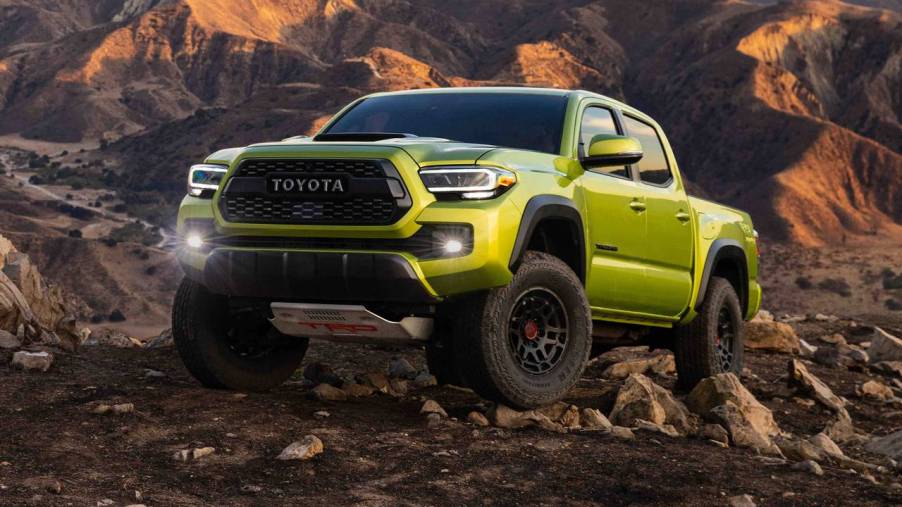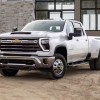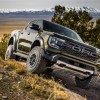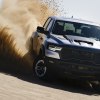
Why Is the Toyota Tacoma so Much More Popular Than the Toyota Tundra?
While full-sized pickups are generally more popular than mid-sized options, that hasn’t stopped the Toyota Tacoma from consistently outpacing its beefier counterpart, the Tundra. Toyota Tacoma sales have steadily outpaced the Tundra, as total truck sales continue to rebound since 2020.
It proves yet again that automotive trends are always in flux, but it also raises more questions than answers: What is it about the Tacoma that keeps American truck lovers sated, in spite of the truck market’s fierce and renewed competition?
Tacoma vs. Tundra: Which gives more bang for your buck?
First, the Tundra isn’t necessarily underperforming. 2023 Sales figures for both the Tundra and the Tacoma are a healthy margin higher than in previous years. Amongst Toyota truck buyers, there’s simply a clearer preference for the Tacoma’s more compact muscle, even at the expense of the Tundra’s bulkier might.
Perhaps it’s because the legendary Japanese automaker isn’t traditionally known for giant, commanding designs. In fact, Toyota has changed the face of global manufacturing in general by making the most of every available resource. It’s a design ethos that’s alive and well in the Tacoma, and it’s apparently been enough to keep the majority of their own truck market happy.
For its price point (starting around $27,000), the Tacoma has proven an attractive option compared to other mid-sized alternatives, making Toyota’s renowned build quality available on a budget. It’s also been enough to drive competition within Toyota’s own market, considering the much greater performance of the Tundra.
Even for its class, the Tundra is a little less modestly priced (closer to $40,000). However, it’s still a strong value, considering the Tundra’s list of superior metrics that would normally capture the hearts of any truck market:
- 389 or 479 horsepower engine options, compared to the Tacoma’s 159 and 278 hp
- A hybrid powertrain option not available with the Tacoma
- Almost double max towing capacity (12,000 pounds, compared to the Tacoma’s 6,800)
- Bed lengths at least 0.5 ft. longer than the Tacoma
- Greater efficiency, with no appreciable loss in gas mileage in side-by-side comparisons
Of course, the Tacoma is far from average. It’s likely Tacoma sales reflect a preference for finely balanced performance and handling, and not just sheer grit and utility.
Outmaneuvering the Tacoma’s stronger, bigger brother
Given the Tundra and Tacoma have very similar off-road and safety features, it seems the Tacoma’s lesser costs are enough to sway audiences in spite of its admittedly underwhelming performance. A significant portion of the truck market also simply wants smaller trucks, and Toyota has been the de facto standard for reliable compact vehicles for decades.
However, a deeper look reveals another important advantage of the Tacoma: maneuverability. As Americans recently shifted their daily commuting habits more than ever, the Tacoma’s much smaller turning radius (20.3–22 ft., vs. the Tundra’s 24.3–26) helped open more automotive buyers up to a city/neighborhood-friendly truck.
For city slickers, optimal performance usually means greater agility, not utility. It also means stretching their dollar farther, which Toyota made easy by evenly matching gas mileage, safety, and other essentials between the Tundra and Tacoma.
Of course, how these factors will play out when the 2024 Tacoma and Tundra hit the market is anyone’s guess.
All the pickup you need (even without the speed, power, and towing)
More than your average mid-sized pickup, recent Toyota Tacoma sales figures point to a growing niche in America’s wider truck market. As more truck buyers seek the optimal balance between performance and usability, it seems Toyota has done more to give them what they’re looking for than the competition.
Moreover, they’ve done it without toying with the fundamentals that make for a reliable and enjoyable ride, even while serving the need for light-to-moderate payloads.


